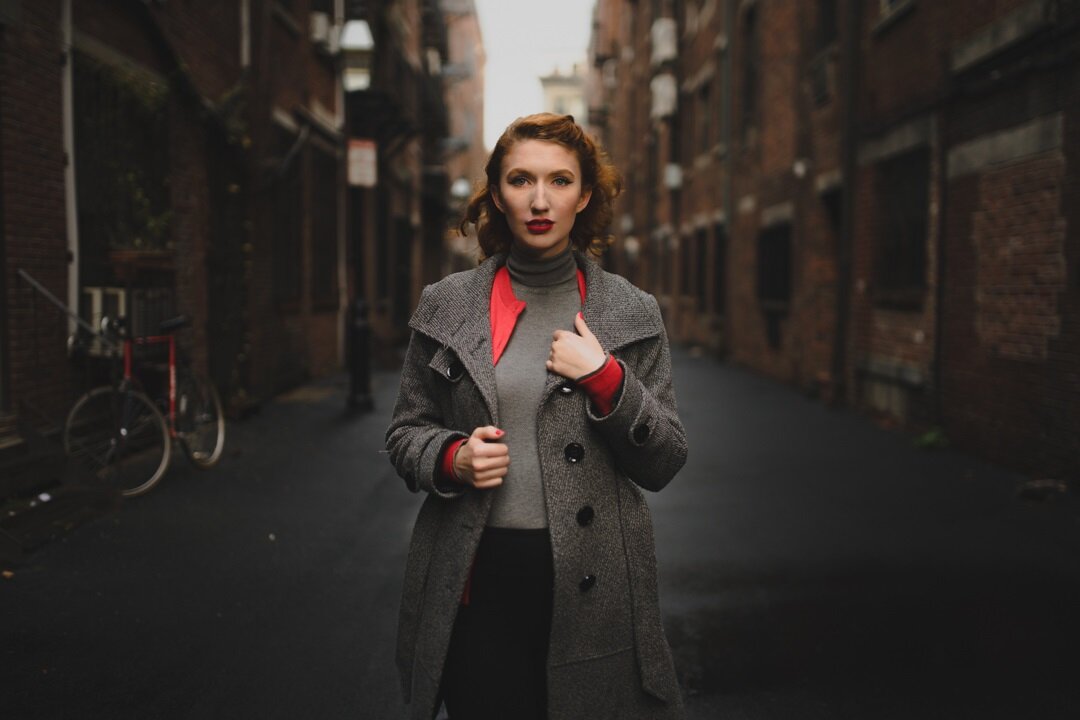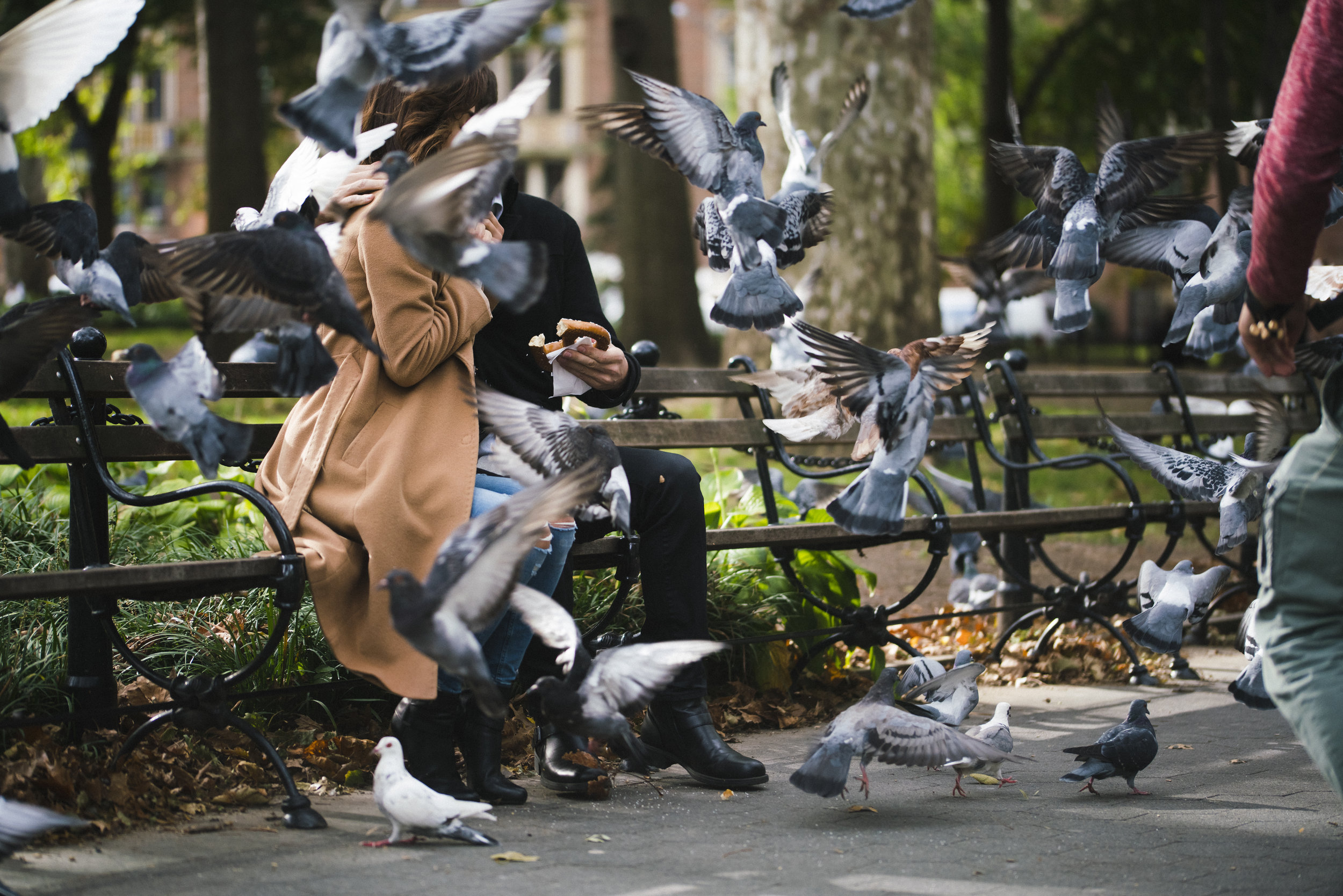
TV BLOG
Timeline Visuals Halloween Concept Dump!
Please do not sacrifice your neighbors cat, no one is asking you to do that.
Timeline Visuals Photographer: Danny Graham & Model:Seana
The way I usually create concepts is to come up with a few props and then try to tie it all into a theme. It's not always some glamorously brilliant concept that’s tied to some society based theme, making the statement of a century. Sometimes a concept can just be the light from a candle and how cool your Sony a7siii is in lowlight. Then, you can run with it. Candles go well with darkness because they stand out. Halloween is all about dark and creepy. So making a dark Halloween themed concept around candles is a great choice. You could branch into messing with other creepy things that use candles.
Here are 5 concepts that you can try for yourself this Halloween season.
I’ve included links to the props throughout this post. They are affiliate links and we typically make a few pennies if you purchase a prop through our link. But feel free to search for them outside the post. We don’t actually aim to profit off our readers so aggressively. Click any of the related links or just click the images to open one.
Cults.
My mom doesn't have shit on a Cults’ candle burning output. So putting 2-3 models in creepy white nightgowns, inside an empty room with some jar of colored liquid could be a great concept. Just don't actually perform any ritual sacrifice, killing your neighbor's cat in the name of Satan is universally frowned upon.
Pro tip: Keep a fire extinguisher handy. Nothing says unprofessional like committing arson.
You could probably use an led light with something like this. Screw inefficiency. Cameras are getting better in lowlight, but I’m always alright with faking a few things.
Grave keeper
Nothing says Halloween like a man who declines the efficiency of a high powered led, and instead walks through a cemetery with box full of my wife's tea lights.
Blood.
Filling a bathtub with some nontoxic red liquid, and then surrounding it with candles would be pretty sweet.
Spawn of Satan
A nude /semi nude model with prosthetic horns, covered in a clear gel and some elements of fake blood would look awesome to shoot. Maybe while coming out of a dark cellar or basement.
Knives
I hate knives. Be careful, but jamming a bunch of old used kitchen knives that you got off of Facebook marketplace and forming a circle into a wall, or even the ground could be a cool background.
Shutter Speed, Whats that?
What is Shutter Speed?
I just took your photo, wanna see me do it again? Wanna see me do it in slow-motion?
The camera’s shutter is a mechanical (sometimes digital) device, that opens and closes for a predetermined amount of time. (There is also an open shutter for long exposure shots.)
Shutter is measured in parts of a second. Examples are 1/10,1/15, 1/30,1/60, 1/120, 1/240, but also in full seconds 1s , 5s ,10s.
The amount of time that the shutter is open or that the sensor is accepting light, determines the exposure of the image. It also determines how much motion blur the image gets or doesn't get.
Before you go cranking your shutter up to 1/8000, keep in mind that there are times when the motion blur from a slower shutter can be desirable. You can show a fast moving object, with a still world to emphasize the contrast of energy.
A fast moving subject can be followed as it passes, producing a clear crisp subject and it can emphasize the motion in a single image. Or you can always use a flash to preserve your subject and blur the background, using a process called Shutter Drag. Common examples are often used in motorcycle photography.
Contrast to using motion blur, you can always crank up the shutter and freeze motion. This can be awesome when capturing moments that are typically too quick to appreciate all of the fine details. Like someone or something frozen in mid air, or the spray of water, dirt or dust.
For video : Typically, you double or divide your shutter in half, in order to move up and down full stops of light. For video, it's often advised to follow the 180 rule. This is the perceived cinematic “normal”, in which you are doubling the frame rate to identify the shutter. Using the 180 rule, if you shoot in 24p as a frame rate, than your shutter should be set to 1/48 or 1/50. This is not so much a rule, but more of a guide. I encourage you to experiment with different frame rates and faster shutters, to produce crisper motion with less motion blur.
Hopefully this helps you to better understand shutter speed and how it works. It’s used as a lot more than just a way to control the exposure, so I hope that this knowledge can help your photography grow. Thank you for reading!
Visit our photography portfolio, or follow us on social media!


















